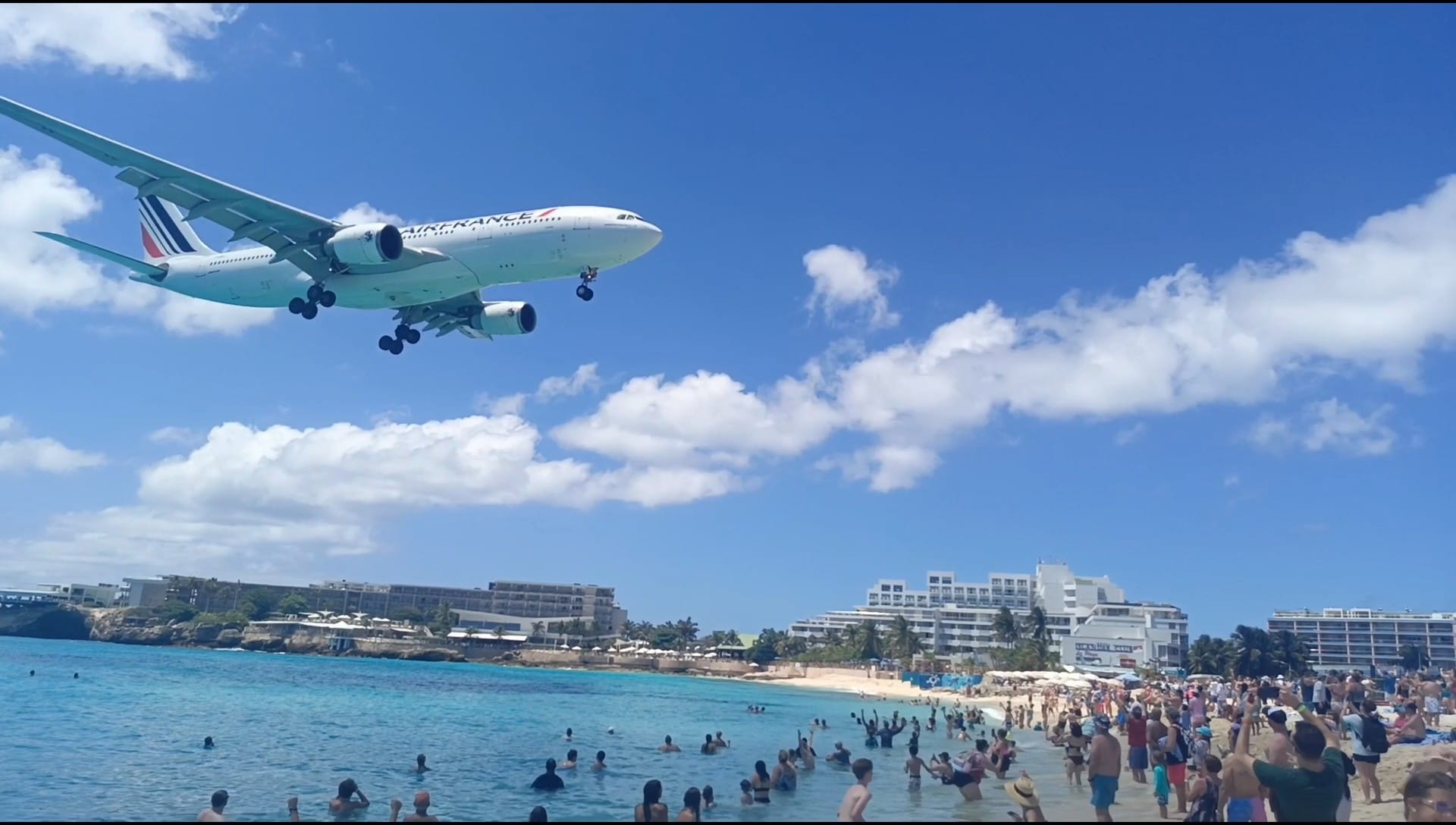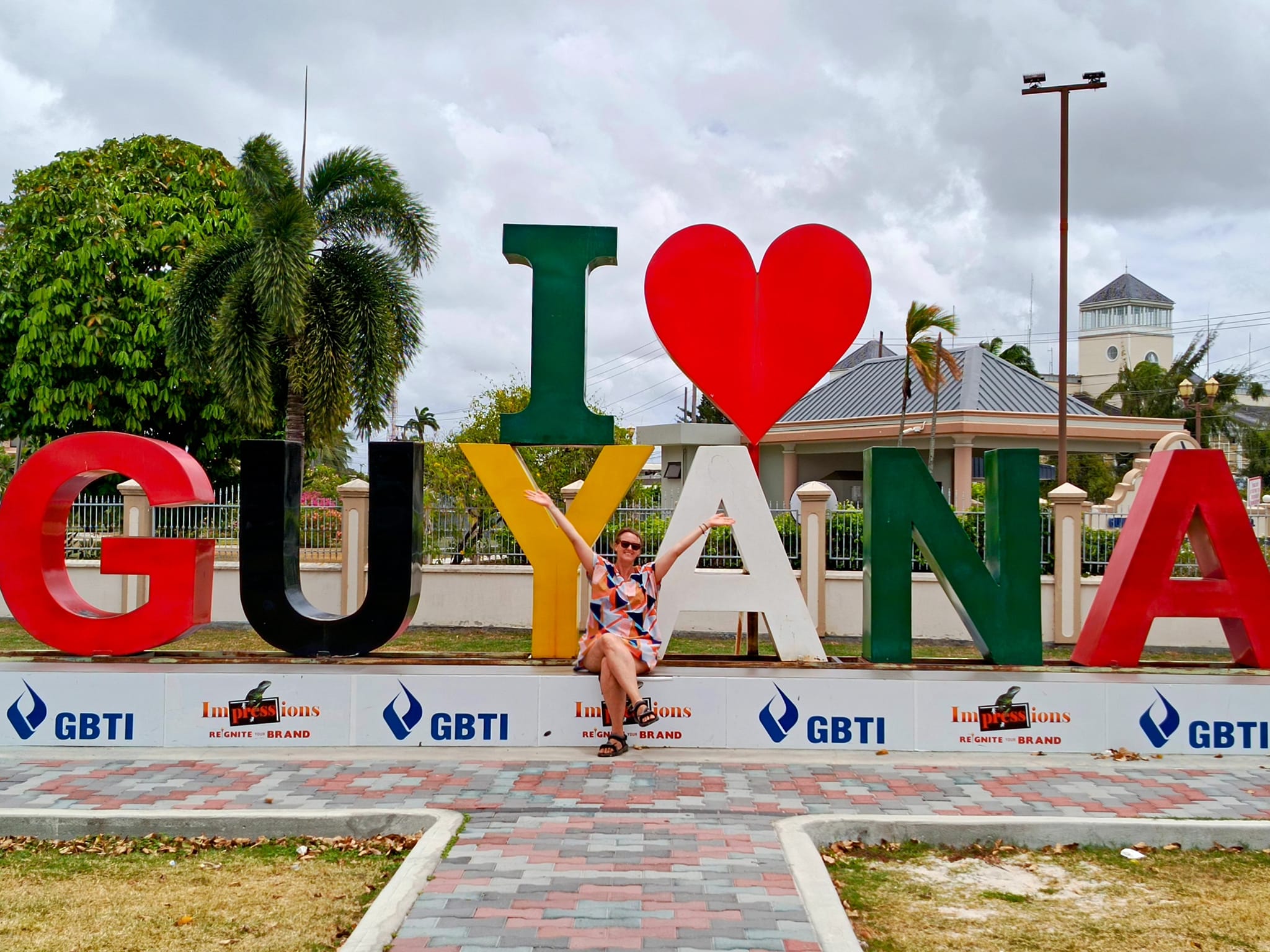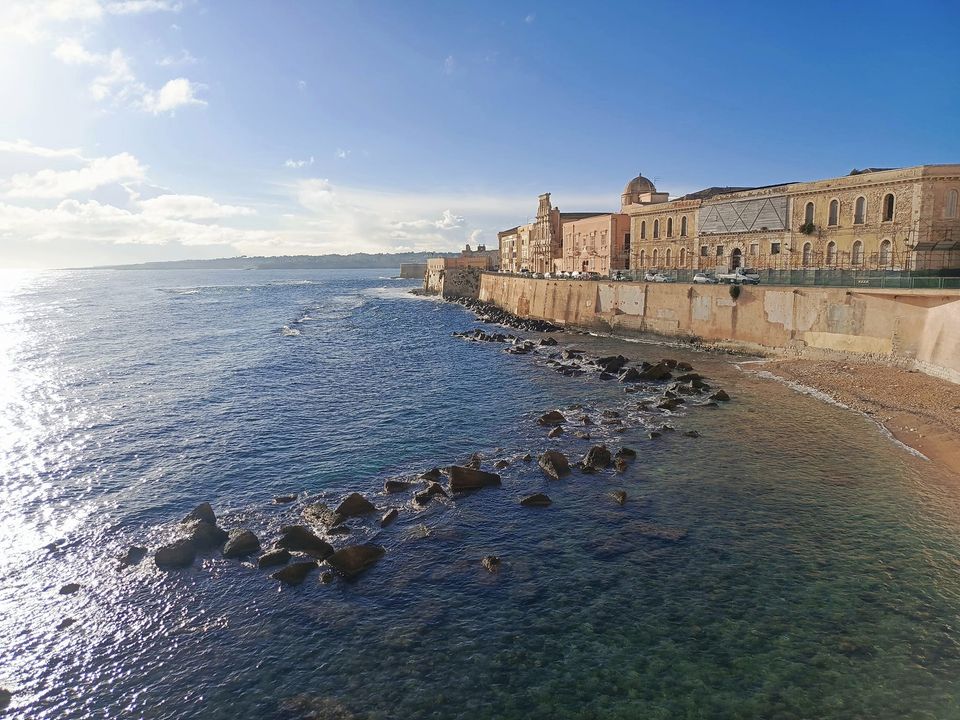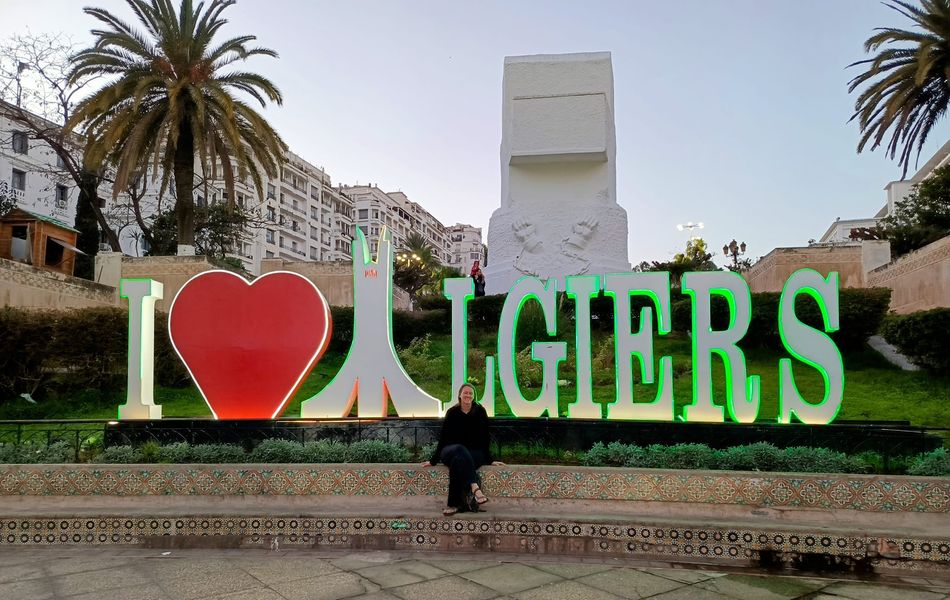Afghanistan is a country of rich cultural diversity. Pashtuns, Hazaras, Tajiks…..the complexity is mind-boggling. Due to these many ethnic differences and outside influences, Afghanistan is also a country that has been in a state of instability for the past 50 years. Luckily for us, there are still places that are relatively safe to go to and you are still able to experience a small part of the country’s fascinating history. Most travellers end up following the same path as options on where you can go are very limited. Hopefully, this brief description will give you an idea of what our experiences were. If you want to find out more about the logistics of traveling to Afghanistan, read more here and here!
Kabul and Panshjir Valley
I think one important thing about Kabul is that it is a lively, modern city that just happens to be the location of suicide bombings. It is more than a “war-zone”. While in Kabul, we were moved from place to place relatively quickly and driven in a private car everywhere but there was still an opportunity to see how daily life is for the people living there. Coffee shops, restaurants and shops line the streets and brightly colored houses cling to the hillsides surrounding the city center. Kabul itself is a very pleasant city with all the ‘trappings” of big city life. Read more about my trip to Kabul here!
While in Kabul, we visited:
- Babur Gardens
- The remains of a gorgeous Mughal Garden and the burial place of Babur, one of the Mughal rulers – ancestor of Shah Jahan of Taj Mahal fame
- We had an incredibly sexy tour guide that showed us around the gardens. Unfortunately, it turned out to be one of the few opportunities that I had to get a photo with a hot Afghani man.
- National Museum
- Sadly, many of the antiquities of Afghanistan have either been destroyed or are currently in other countries. Luckily, some countries are returning the items to Afghanistan and in the National Museum, you see the fascinating reminders of an intriguing history.
- While we were there, a group of middle school students came with their teachers. After numerous rounds of selfies, we finally exited the museum to be involved in an epic snowball fight. One very sweet little girl kept offering me her gloves and also kept walking up to me and gently patting my leg with snow rather than throwing it at me. I felt like she wanted to include me but also had to treat the giant white person with a certain level of respect. I loved to see her critical thinking skills in action.
- Shopping mall
- As a city that had seen tremendous violence, normal life in Kabul was completely outside of my understanding before I arrive. A trip to wander around a shopping mall certainly helped me see that life in Kabul is pretty similar to life in every other city. Friends, couples, families were all hanging out together and the type of clothing on sale varied from conservative abayas to some very not-conservative sweaters complete with mannequins with nipples so hard that they could cut glass.
- Sakhi Shah-e Mardan Shrine
- This gorgeous shrine is not only a holy spot for Persians but was also the location of a horrific suicide bombing in 2018. You would never know it now as the beautiful facade sparkles in the sun and the mountains around it form the perfect backdrop. Families, friends and couples meet in the gardens surrounding it and while we were there, we met Afghanistan’s top snowball team. One industrious little girl even decided to make use of a shovel to dump snow on her unsuspecting victims. It was wonderful to see kids having fun and being carefree (even if I was constantly on the look-out for a run-away snowball being lobbed near my head!)
- The Children’s Circus
- The circus was a place that I wasn’t originally interested in going to. Based on the very brief description that I was given by my tour guide, it felt like it was going to be a little invasive and exploitative. I am very glad that my false sense of “moral superiority” didn’t win out because what I discovered was that the Children’s Circus is a wonderful initiative that helps self-esteem, leadership skills and, of course, some interesting new party tricks. When we walked into the compound we found children juggling, walking on stilts, balancing on balls, etc. We were sitting in the middle of one of the world’s most dangerous cities and I was being taught how to juggle by a very patient 8 year-old.
- Landmine Museum
- By the time we visited the Landmine Museum, I was feeling pretty comfortable in Kabul. I was no longer scared and was really starting to enjoy the city and what it had to offer. Then we went to the Landmine Museum – a museum full of reminders of the horrors Kabul has faced complete with a upmarket suicide bomber’s vest. My guide told me that it was a vest like that that killed his brother three years earlier. Being surrounded by so many weapons, I actually began to feel nauseous while we were in the museum On a lighter note, the museum also has a full-sized airplane near the roof that they used for educational programs!
Herat
Herat is a historic city lying close to the Iranian border. Before visiting, I had read that it was one of the most beautiful cities in Afghanistan. In my mind, I envisioned narrow, cobble-stone streets with caravansaries hiding down alleyways and a charming glimpse into Afghanistan’s past as a stopping point on the Silk Road. Instead, what I found was an mid-sized city with wide, grid-patterned streets and many, many, many women wearing burqas (Herat is actually where the famous blue burqa is produced). The city was overwhelmingly conservative with women scurrying around like mice holding their shapeless cloaks tightly around them and viewing the world with distorted vision. I was told that women did that to protect themselves from sexual abuse AND to protect MEN from sinning. I had generally come to terms with Islam and try to keep an open mind when it comes to the good and the bad of all religions. However, have never hated a religion as much as I did in Herat.
Thankfully, Herat does have a few good things going for it. While we were there, we visited:
- Herat Fort
- Built by Alexander the Great over 2000 years ago, Herat Fort has been well preserved and can contend with some of India’s great forts in “tourist-worthiness”. What made the fort even better was that we were some of the only tourists there. Imagine being able to walk around a spectacular fort and not have to worry about someone photobombing your pictures!
- Jama Mosque
- This 15th-century mosque is the centerpiece of Herat and truly is magnificent. The brilliant blues and greens contrast with the shiny white marble to create an effect that makes you feel like you are looking into the depths of an ocean. It was a quiet day when we were there and I managed to get some incredible photos.
- Jihad Museum
- This was probably the low-point in my enjoyment of my trip to Afghanistan in terms of touristy things. Despite having a very high entry cost ($10 per person + $20 if you want to take photos), the museum is basically a bunch of old military equipment, a rather disturbing panorama of the Soviet defeat and a museum portion dedicated to the freedom fighters who lost their lives. The Soviets invaded Afghanistan in 1979 and withdrew in 1989. Little is mentioned about the fact that the Soviet Union collapsed shortly-after or that the price that the Soviets paid in the Afghan partially caused the collapse of the empire.
- An old tea shop
- Herat is a very conservative city and I didn’t feel completely comfortable walking around there. However, a tea-shop that we visited gave me a much desired opportunity to interact with Afghan men. Like old men everywhere in the world, the men seemed perfectly content to sit and gossip while watching the world go by and it made me think about how much they had seen in their lifetimes. I would have loved to been able to ask them about their lives, what they remembered of the pre-Soviet days and what their thoughts are on Afghanistan’s future. Without being able to speak Persian, those questions will always remain unanswered.
Bamyan
Bamyan is well-known for being one of the most liberal areas of Afghanistan (which isn’t saying much) and THE only place that you could walk around sans-headscarf. Nearly all flights from Kabul to Bamyan are cancelled so we made the decision to drive there. The drive itself was beautiful but it does go through areas that are very close to Taliban territory. On those parts of the drive, I had to cover my face with my scarf to cut down on the risk of being kidnapped. Nothing reminds you of the perils of traveling to a country like having to become invisible…..
However, during our 4 day stay in the region, we got to see some stunning scenery, intriguing historical ruins and an incredibly inspiring cave school full young boys and girls who were eager to learn but still humorously naughty and their very forgiving teacher.
While in Bamyan, we visited:
- Dragon Valley
- One of the geological highlights of Bamyan, Dragon Valley is believed by local people to resemble a dragon who has been cut in half. The valley has steep cliffs, a stunning ridge and some very weird little penis-like mound structures that you can climb on top of for some pretty awesome photos. It was absolutely freezing while we were there so our hike was pretty short but it gave a little taste of how much the region has to offer for nature-enthusiasts.
- The Buddha Niches
- Most people interested in contemporary history know about the fabulous buddhas that used to “live” in Bamyan and have seen photos of the empty niches left behind after the Taliban destroyed them in 2001. Luckily, there is much more to the area than just the Buddhas and you can actually climb up to the top of the niches through a series of caves and tunnels. The caves served as meeting halls, accommodation and temples for the Buddhist monks who lived there. A few ancient wall paintings still exist and if you use a bit of imagination, you can imagine what the Buddhas looked like pre-Taliban. The niches can be seen in many areas throughout the city and they serve as testament to the impact of Buddhism in the region.
- City of Screams
- I am very interested in the history of the Mongol Empire an dhave frequently said that Genghis Khan needed better PR. However, the City of Screams was a reminder of the brutality and savagery that the Mongol armies inflicted on towns that didn’t surrender. Not much is left of the City of Screams but the area may or may not be mined compliments of the Civil War so there isn’t much opportunity to wander around and see what you find there. However, the viewpoints over the city are amazing and you can get an idea of why it became a Silk Road trading hub and religious center.
- Cave School
- As mentioned, the cave school was one of the most inspiring places I have seen. The children were adorable as they recited a poem about how good parents are over and over again. Boys and girls were crammed together tightly in a warm and welcoming room (quite surprising considering that it is in a cave) and like any school setting, kids were whispering to one another, doing weird-shit like burying their faces in their notebooks randomly and one particuarly rowdy group of boys even pushed their friend out the door. A little mouse had the misfortune of trying to sneak into the classroom while we were there and one of the little boys handled the situation like a true-life superhero. He calmly grabbed the mouse using a piece of paper and took it outside. Thinking that the poor little guy had been treated humanely and set free, I was then told that the boy fed the mouse to a neighbor’s dog. Oh well……
Mazar, Balkh and Samangam
The region of Balkh was the last stop on our tour and by that point, everyone was getting tired. The sights are a bit few and far between and due to bad timing, we were unable to see the best of what Balkh has to offer. However, Mazar definitely felt more liberal than Herat and we stayed in an achingly cool old school hotel that seemed like it was from a by-gone era. The staff were rude and the furniture was mis-matched but you can’t have it all right?
While in Mazar we visited:
- Blue Mosque
- After seeing stunning photos of the 500-year-old Blue Mosque, I was very excited to see the complex. I l love Islamic architecture and usually feel “at peace” when I am wandering through the mosque complexes of India and the Middle East. However, the Blue Mosque did not exactly offer the peace and quiet that I expected (in a good way!). While wandering around alone, I was greeted warmly by many local women and was even asked to join a group of them who subsequently fed me popcorn! The mosque itself is gorgeous but lacks the large courtyard that you see in Jamma Mosque in Delhi, Lahore or even Herat.
- Jinnah Gardens
- While visiting the Jinnah Gardens, I was a little disappointed to see the palace gardens full of garbage and the foliage overgrown. However, the palace is under reconstruction and perhaps one day in the future, will return to its former glory as a hotel or museum. While we were there, our guide told us that Italy had been funding the project but after a tourist was killed there, they decided to stop. Again, small things like that served as gut-wrenching reminders of what this country has faced
- Balkh
- Despite being the center of the ancient Bactria Empire, I found Balkh to be a very depressing place. By far, the most undeveloped and conservative place that we traveled to over the course of two weeks, Balkh is a small city of broken roads and seemingly broken people. The tourist attractions to visit (The Fort and the Green Mosque) were off-limits as the military was using the fort as a base to fight the encroaching Taliban. While just a short drive from Mazar, it felt like a world-apart and I was glad to get back to a more liberal area.
- Samangan Valley
- While Mazar and Balkh didn’t seem to have a huge amount to offer, the Samangan Valley more than made up for it. Steep cliffs rose up sharply around us as we snaked our way through the valley and the multi-hued landscape reminded me of northern Argentina and the American southwest. I was even sereneded by a local musician on a hilltop over looking the city while we were visiting the remains of an old Buddhist stupa and monastic caves.
In some ways, two weeks in Afghanistan went by incredibly fast but in other ways, time seemed to drag on a bit. Two weeks of traveling on a guided tour can be pretty exhausting no matter what country you are in so it is difficult to know how “hard” Afghanistan really was. What I know for sure is that when we crossed the border into Uzbekistan, I felt a major sense of relief. I would go back again in a heartbeat and I truly hope that the situation remains relatively stable. The people that I met deserve peace.
You can see a full itinerary breakdown of my trip here.
















